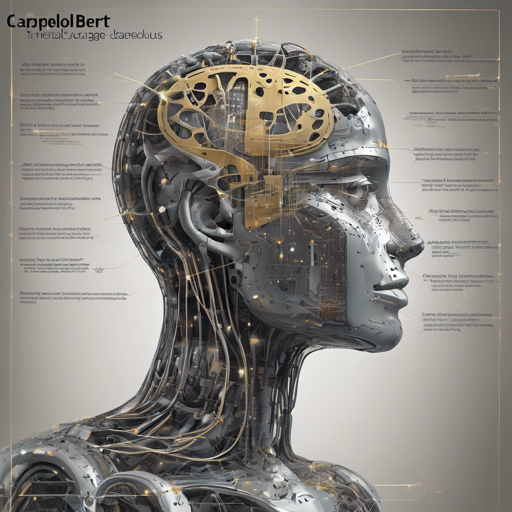The Capreolus BERT-Base Model offers a robust solution for sequence classification tasks, particularly tuned for the MS MARCO passage classification. This guide will help you get started with this model, illustrate its capabilities with an analogy, and provide troubleshooting tips to ensure you have smooth sailing in your AI exploration.
Understanding the Capreolus BERT-Base Model
The Capreolus BERT-Base Model is built on the foundation of the Google BERT architecture, specifically the uncased version of BERT-Base (googlebert_uncased_L-12_H-768_A-12). It has been fine-tuned for a specific purpose: classifying passages within the MS MARCO dataset. It serves as an excellent example of how a model can be adapted to solve specific tasks.
Using the Model
To tap into the capabilities of the Capreolus BERT-Base Model, follow these steps:
- Set up your development environment by installing necessary libraries. You can use Python with libraries like TensorFlow or PyTorch.
- Download the model weights. You can find these in the release from Zenodo: Download BERT Weights.
- Load the model using the BERT-MaxP implementation provided in the Capreolus repository found at Capreolus Repository.
- Finally, apply the model to your desired passage classification tasks and execute inference.
Analogy: The BERT Model as a Library
Think of the BERT model like a vast library. Each book represents knowledge (or data) stored within the model. The process of fine-tuning is akin to having a librarian who has taken a special course on a particular subject. This librarian specializes in finding not just any book, but the most relevant books (passages) for specific queries or questions. The Capreolus BERT-Base Model acts like this librarian, trained explicitly to provide the best books for MS MARCO datasets, ensuring you receive curated and quality answers for your research tasks.
Troubleshooting Tips
As you navigate through using the Capreolus model, you might encounter some common issues. Here are suggestions to resolve potential obstacles:
- If you face issues while loading the model, ensure that you’re using compatible versions of TensorFlow or PyTorch as per the model requirements.
- For any discrepancies in predictions, double-check the fine-tuning parameters, as they can significantly influence the performance of the model.
- If you experience performance issues, try optimizing your hardware specifications or consider reducing batch sizes during inference.
For more insights, updates, or to collaborate on AI development projects, stay connected with fxis.ai.
Conclusion
By following these guidelines, you can leverage the powerful capabilities of the Capreolus BERT-Base Model for your passage classification tasks. At fxis.ai, we believe that such advancements are crucial for the future of AI, as they enable more comprehensive and effective solutions. Our team is continually exploring new methodologies to push the envelope in artificial intelligence, ensuring that our clients benefit from the latest technological innovations.

